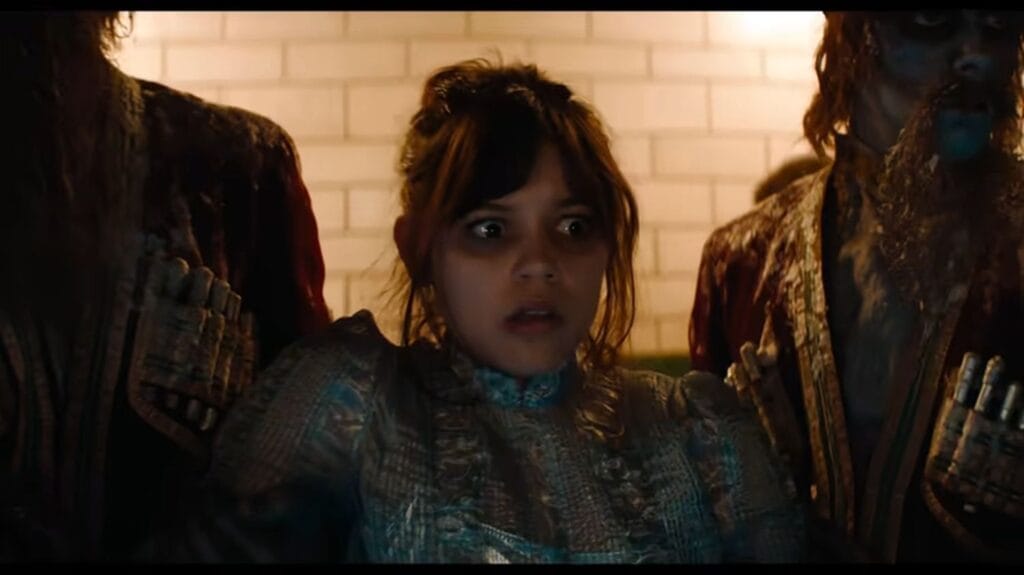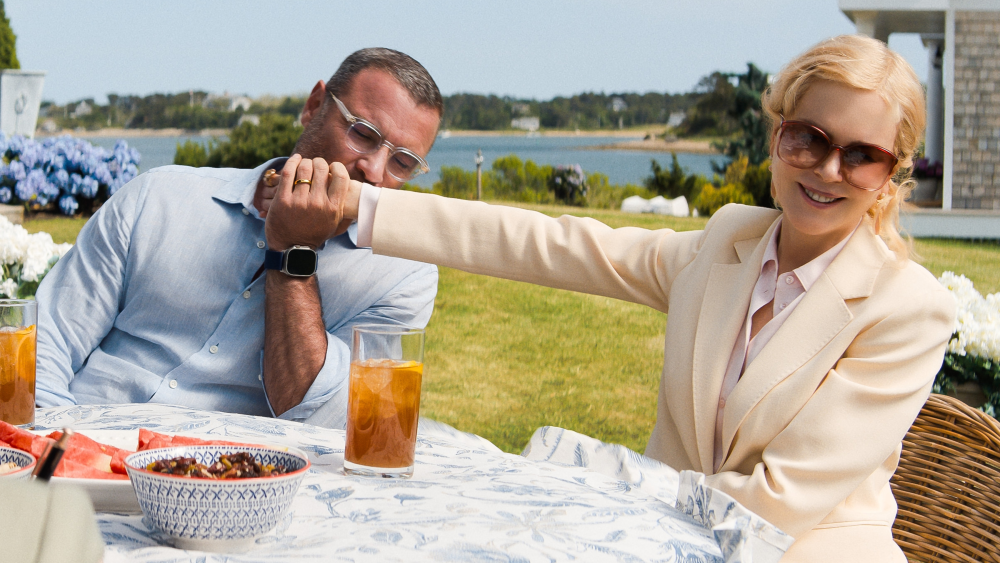The Truman Show Ending Scene – Furniture took the spotlight
In the pantheon of cinematic classics, “The Truman Show” stands as an enduring masterpiece. Its resonance in today’s world, characterized by the intersections of data protection, digitalization, and the blurred lines between reality and illusion, only deepens its relevance. While the film is celebrated for its gripping narrative and exceptional performances, there exists an intriguing aspect often overlooked by viewers — the pivotal role of timeless classic furniture in shaping the atmosphere and aesthetic of the final scene.
The Truman Show: A Cinematic Masterpiece
Directed by Peter Weir and starring Jim Carrey as the unwitting protagonist Truman Burbank, “The Truman Show” is a thought-provoking exploration of the boundary that separates reality from fiction. The narrative revolves around Truman, who unknowingly lives his entire life as the star of a reality TV show. The brilliance of this existential crisis culminates in the final scenes, casting a spotlight on what has heretofore been overshadowed – the iconic furniture that takes center stage.
The Christof Chair: Marc Newson’s Gluon Lounge Swivel Chair
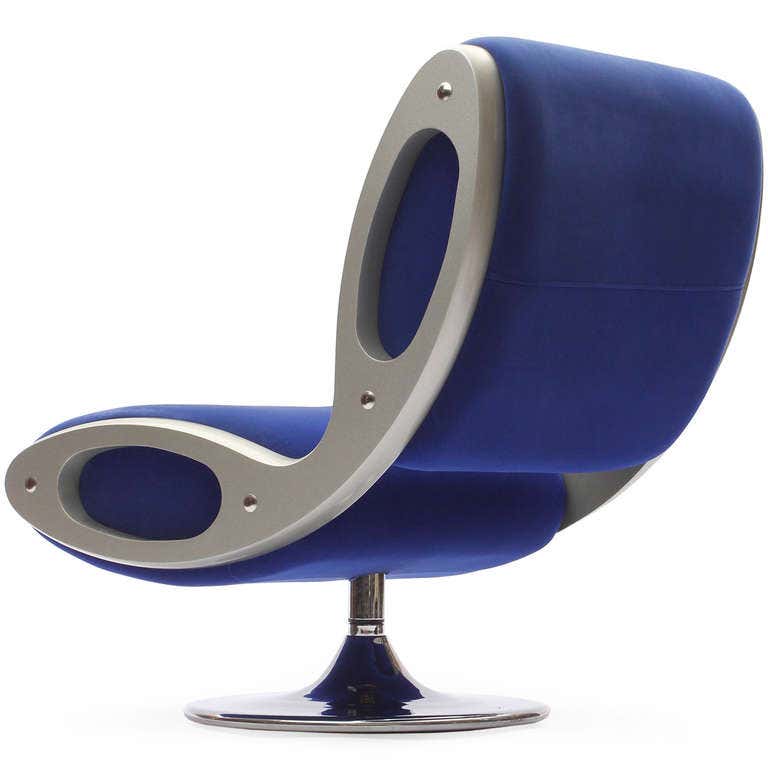
1990s Gluon Lounge Swivel Chair by Marc Newson
In the concluding moments of “The Truman Show,” the enigmatic creator of Truman’s artificial world, Christof, played by Ed Harris, is found seated in a Gluon Lounge Swivel Chair designed by Marc Newson. This futuristic chair, with its captivating design and remarkable comfort, is a profound choice for the character who exerts immense power over Truman’s life. As Christof makes a last-ditch effort to maintain control over Truman, the chair itself becomes a visual symbol of authority, technology, and the ever-shifting boundary between the real and the fabricated.
The Truman Show Table: Knoll’s Platner Coffee Table
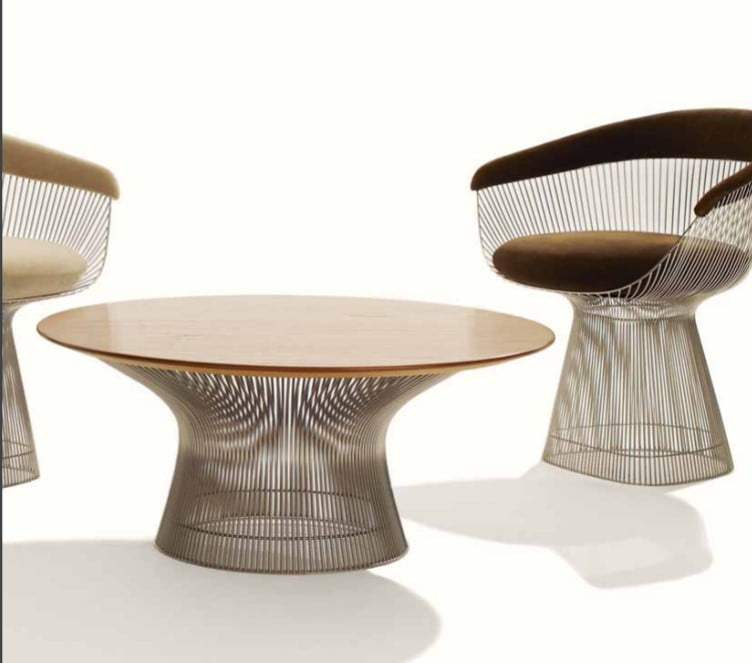
Platner Side Table by Knoll
Complementing the Gluon Lounge Swivel Chair in this pivotal scene is the Platner Coffee Table from Knoll. Designed by Warren Platner, this table is the epitome of mid-century modern design. Its distinctive wireframe structure and reflective glass surface make it an elegant centerpiece in Christof’s control room.
The Platner Coffee Table serves as a representation of the interconnectedness of Truman’s world, a world meticulously orchestrated by Christof and observed by millions of viewers. It mirrors the delicately constructed reality that Truman is on the brink of shattering as he confronts the truth about his existence.
The Symbolism of Furniture in the Final Scene
“The Truman Show” employs these iconic pieces of furniture with exceptional subtlety, allowing them to convey deeper layers of symbolism. The Gluon Lounge Swivel Chair embodies Christof’s unyielding control over Truman’s life and his willingness to manipulate the course of Truman’s existence. It stands as a modern throne from which Christof orchestrates the grand spectacle that is Truman’s life.
In contrast, the Platner Coffee Table symbolizes the fragility of the artificial world that Truman inhabits. Its delicate structure mirrors the fragile facade of Truman’s reality, which is teetering on the brink of collapse. As Truman begins to question the authenticity of his world, the Platner Coffee Table reflects his journey of self-discovery and liberation.
In the final moments of “The Truman Show’s ending scene,” the furniture, particularly the Gluon Lounge Swivel Chair and the Platner Coffee Table, assumes an indispensable role in conveying the tension, power dynamics, and profound symbolism present in this cinematic masterpiece. These iconic pieces of furniture transcend their role as mere props, becoming integral elements of the narrative and offering both visual and metaphorical depth to the story’s climax.
Iconic Furniture for an Iconic Ending Scene of an Iconic Movie
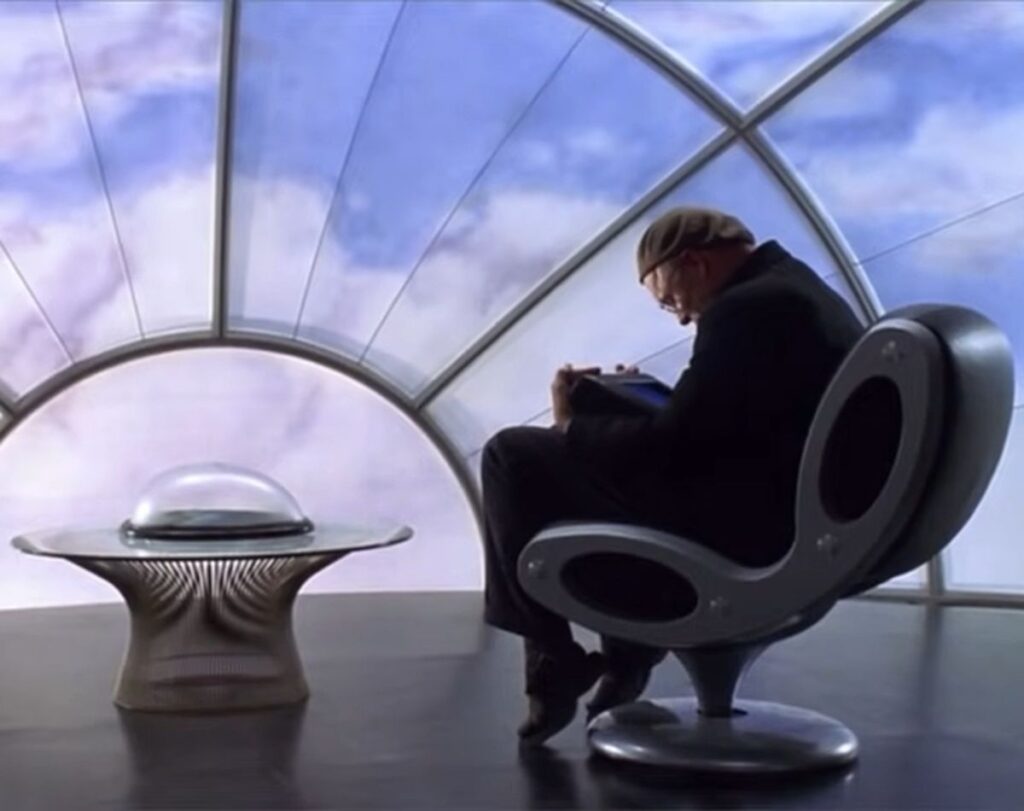
In the captivating world of cinema, every detail matters, and the final scene of “The Truman Show” is no exception. As we witness Truman’s profound realization, the Gluon Lounge Swivel Chair and Platner Coffee Table enrich the narrative with their symbolic presence. These meticulously chosen pieces of furniture encapsulate the overarching themes of control, reality, and self-discovery in a story that continues to captivate audiences, even years after its release.
“The Truman Show” stands as a testament to the art of storytelling, and the lasting impact of this iconic ending scene owes much to the careful selection of the Gluon Lounge Swivel Chair and Platner Coffee Table, which remain as timeless as the film itself. Their presence in the scene serves as a powerful reminder of the enduring influence of cinema, where even the furniture becomes a character in its own right.
A Mirror to Our Society
The final few seconds of “The Truman Show,” where the two guards nonchalantly ask to ‘see what else is on,’ hold a mirror to our own society. It’s a potent commentary on our world of mindless consumerism and instant gratification. The viewers of ‘The Truman Show’ never truly cared about Truman or his life; he was simply entertainment to them. Just as quickly as the show ends, they switch the channel to watch something else, highlighting our society’s tendency to move on from one form of entertainment to the next without much thought. It’s a stark reminder of how we often prioritize distractions over genuine connections and profound human experiences.
In a world where things come and go swiftly, the lasting presence of the Gluon Lounge Swivel Chair and Platner Coffee Table in ‘The Truman Show’s ending scene reminds us that good quality and timeless design can withstand the test of time, unlike fleeting trends of fast consumption.
Conclusion: The Legacy of “The Truman Show” and Its Furniture
In conclusion, “The Truman Show” is not only a cinematic masterpiece but also a commentary on the intersection of reality and illusion in our digital age. The choice of iconic furniture in the final scene adds layers of meaning and depth to the narrative, making it an enduring classic that continues to captivate audiences. The Gluon Lounge Swivel Chair and Platner Coffee Table serve as symbols of power, fragility, and self-discovery, enriching the cinematic experience. Their timeless design and enduring significance underscore the enduring impact of cinema and the timeless relevance of thoughtfully chosen furniture.
As we reflect on the enduring resonance of “The Truman Show,” let us also consider the profound insights it offers into our society’s priorities and our tendency to chase fleeting distractions. The next time you watch this cinematic classic, pay attention to the furniture – for in its design, it carries the weight of powerful symbolism that transcends mere aesthetics, reminding us that in the world of cinema, every detail matters.


